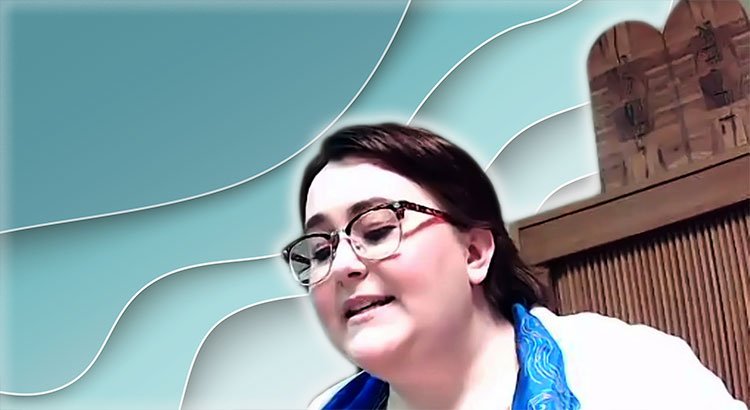We’ve again counted the omer, recognizing the glory of freedom and the beauty of the Torah – United Hebrew Congregation Terre Haute


With Pesach and Shavuot now concluded, we’ve completed the period of the Jewish calendar during which we count the omer.
This ancient timekeeping mechanism finds new life each year as we number the days between these two holidays. In ancient times, we used an actual omer — a piece of barley — to track the days between these chaggim, while worshipers traveled to the Temple.
Today, the counting of the omer is a more symbolic practice. We keep a mental tally, rather than a pile of barley.
Today, the counting of the omer is a more symbolic practice. We keep a mental tally, rather than a pile of barley.
The excitement ramps up as we wander through the omer in anticipation of the holiday that recalls Hashem giving the people of Israel the Torah.
To me, this period of our year is reminiscent of a calendar nailed up on a child’s bedroom wall, crossing off the days until summer vacation. The glee builds with each moment and we pass each day, each week, each Shabbat, with a particular purpose.
Pesach and Shavuot bookend the period
During Pesach, we celebrate our liberation from slavery, our freedom to be the movers and shakers of our own destinies, rather than living under harsh oppression.
We recognize the glory of freedom and sip our cups of joy, reclining in a sovereign fashion, relishing in living as our own masters.
We recognize the glory of freedom and sip our cups of joy, reclining in a sovereign fashion, relishing in living as our own masters.
Egypt was the narrow place, a place of confinement for the Israelites. Pesach celebrates the easing of that constriction, the first steps of our people into the wide expanse of self-determination.
During Shavuot, we commemorate the giving of the Torah at Mount Sinai.
We celebrate not just the Ten Commandments, but the plethora of laws, rules and ethical guidelines that are contained within the Torah.
The Ten Commandments provide a blueprint
These commandments and laws provide a way for us to make sense of the world, to interpret and learn about how life can be lived once that freedom is achieved.
Rather than constricting us further, the gift of the Torah continues to free us, but in a new and structured way, granting us the blueprints for the Israelites’ continued existence.
We can feel proud to have this as our central text, to have been able to receive it both at Sinai and in our own lives.
And in the interim between these holidays, we impose our own kind of structure upon ourselves.
We take a journey through the barley
We count, day by day, bit of barley by bit of barley. We taste the joy and delight of freedom, the moment lingering as we journey through the wilderness of the omer.
We feel the spark of knowledge, the beauty of the Torah, before us, as each omer brings us closer to receiving it.
We feel the spark of knowledge, the beauty of the Torah, before us, as each step, each day, each omer brings us closer to receiving it, to accepting it as a center of our Jewish lives.
In that way, we may experience this season of the omer with all the satisfaction, contentment, pride and joy it can bring.
Student Rabbi Rocki Schy will serve UHC Terre Haute during the 2022-23 and 2023-24 academic years.
Barley image by Sanjay Acharya, CC BY-SA 4.0, via Wikimedia Commons.




